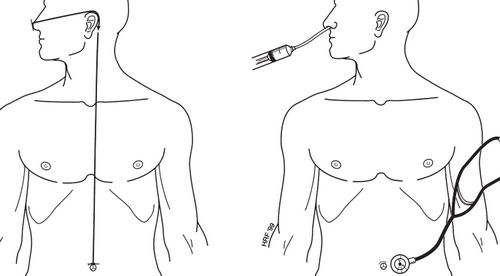Indications Gastric decompression Gavage (feeding) Gastric lavage (irrigation or dilution of gastric contents) Sampling of the gastric contents for analysis Sometimes used to instil air into the stomach to detect a gastric perforation on erect CXR Contraindications Basilar skull fractures (Risk of NG reaching brain) Facial fractures (risk of cribiform…
Author: Epomedicine
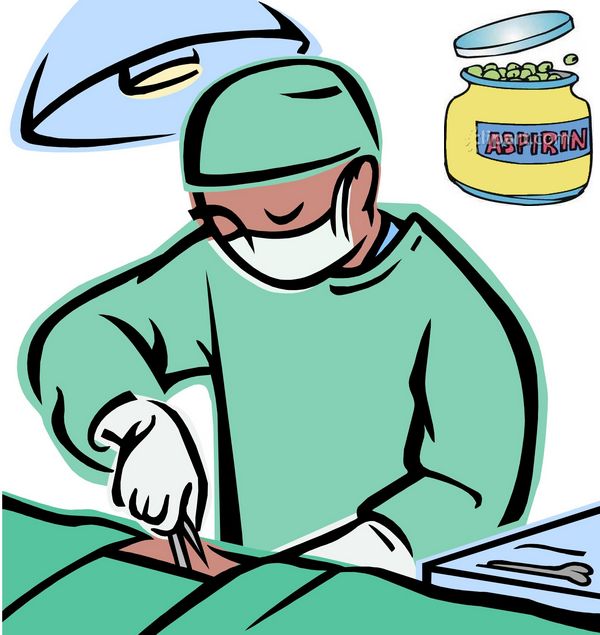
Aspirin and Clopidegrol : Perioperative Guidelines
The average lifespan of platelets is 7 to 10 days. Aspirin and Clopidegrol inhibits platelets for around 21 days. Hence, when these agents are stopped 7 days before the surgery, it allows 33% regeneration of platelets. Stents and coronary lesions act as unstable plaque until they are completely covered by…
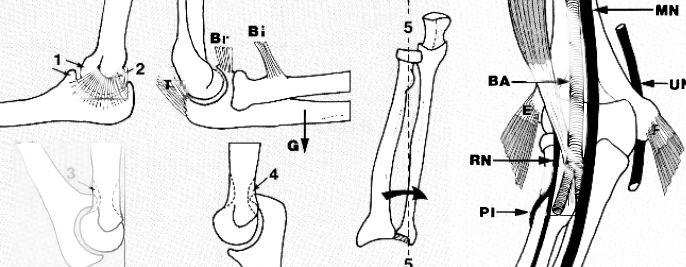
Pediatric Lateral Condyle Humerus Fracture : Review
A) Epidemiology: B) Mechanism of Injury: C) Classifications: a. Milch: Fracture line based – b. Jakob and Weiss: Displacement and articular congruency based – Modified Weiss classification: No need for arthrogram1. Type I: <2 mm displacement2. Type II: 2-4 mm displacement 3. Type III: >4 mm displacement (displacement of >4…
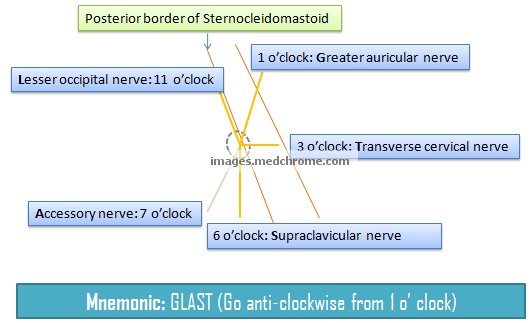
Superficial Cervical Plexus Block : Mnemonic
This is a visual mnemonic for the nerve arrangement of superficial cervical cutaneous branches of cervical plexus. This mnemonic was created only for the ease to remember and may not resemble exact anatomy. The site of injection for superior cervical plexus nerve block is the midpoint of posterior border of…
Febrile Seizure : Clinical approach
A) General consideration: Febrile seizures are seizures during fever occuring between 6 months and 5 years of age in absence of: CNS infections Abnormal neurologic findings Types of febrile seizure: Simple febrile seizure: Solitary Brief (< 15 minutes) Within 24 hours of onset of fever Generalized Tonic Clonic Seizure (GTCS)…
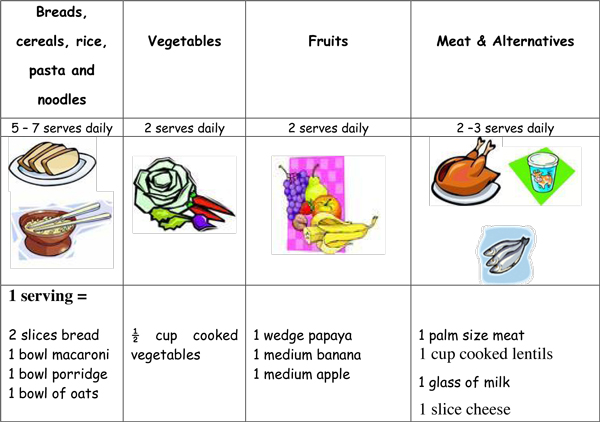
Nutritional History Made Easy
Energy Requirement 1. For a child with normal body weight: 100 Kcal/kg for 1st 10 kg Add 50 Kcal/kg for next 10 kg Add 20 Kcal/kg for body weight additional to 20 kgs 2. By age: For ≤ 1 year: 100 Kcal/kg/day Every additional years till puberty: Add 100 Kcal/year…
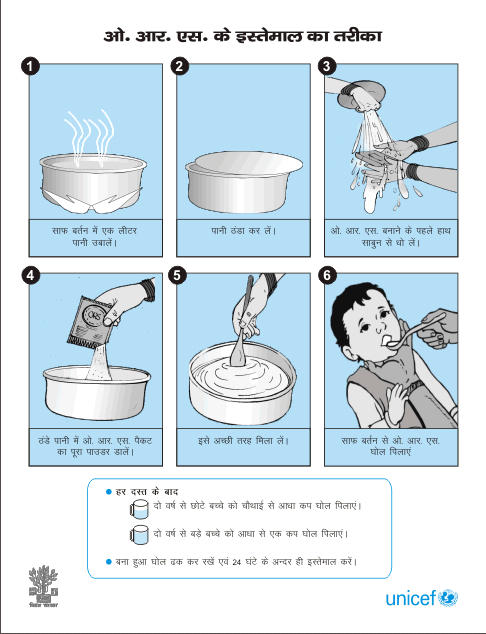
Acute Diarrhea – Approach
There is no standard definition of diarrhea. Diarrhea may be defined with one or combination of the following criterion: Change in consistency of stool: Increased water-content Increase in freqency of stool: >3 times per day Increase in weight of stool: >200 grams per day or >10 grams/kg/day Among all these,…
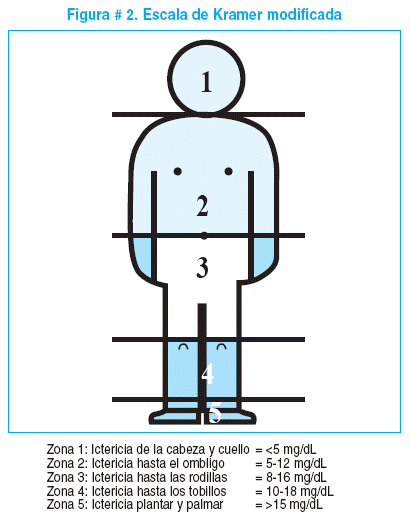
Neonatal Jaundice (NNJ) : Approach
Jaundice refers to accumulation of bilirubin in the epidermal tissues of the body, resulting in a yellowish tinge to the skin, sclera, and mucosa. Atleast 5 mg/dl of bilirubin level is required for clinically recognizing hyperbilirubinemia. A) Physiological Neonatal Jaundice: General consideration:
